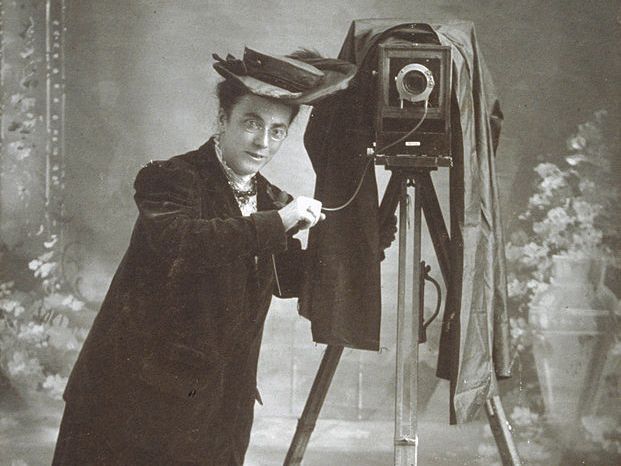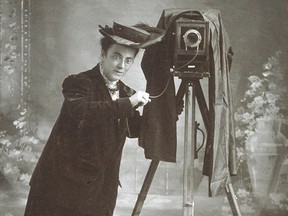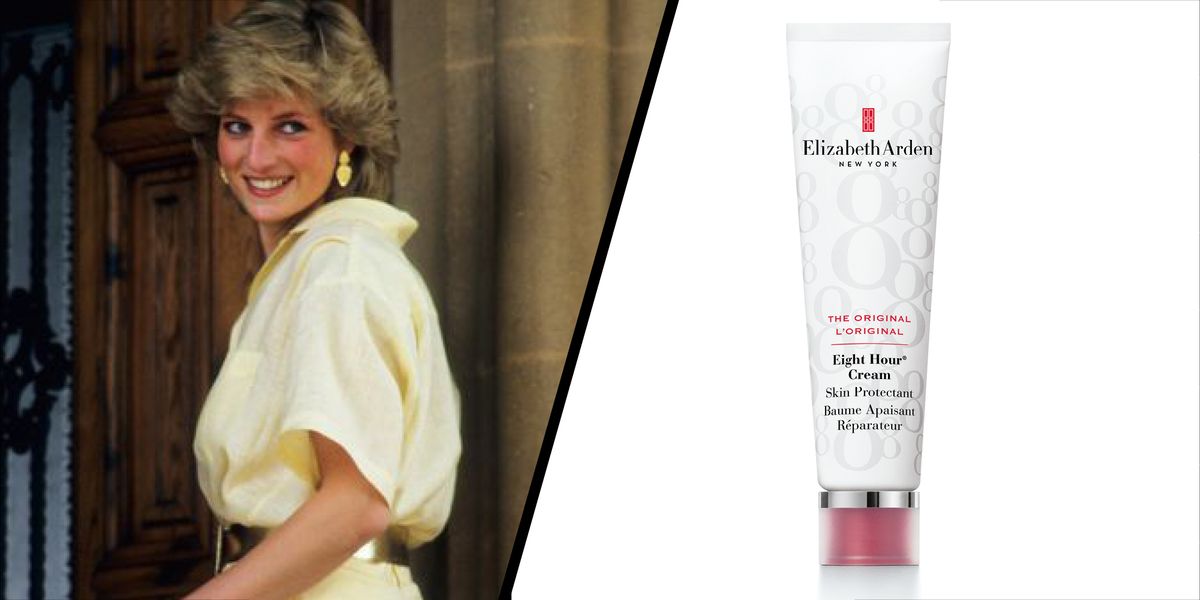
Canadian Ingenuity: ‘Womanning’ the camera for news photography

Article content
Winning a small, tin-box camera in the 1880s changed the trajectory of Jessie Tarbox Beals’ life. Raised in Hamilton, the teenager’s mind burst with ideas and goals when she received the prize. Boldly edging into the male-dominated world of photography, Beals scribed her name into the history pages in the United States. But fame was fleeting and fortune did not appear.
Advertisement 2
Article content
The young woman’s father, John Nathaniel Tarbox, partnered with businessman Richard Mott Wanzer to form the R.M. Wanzer & Company Sewing Machine Manufactory. For several decades in the late 1800s, the Canadian company produced wildly-popular sewing machines. One of the best sellers was Little Wanzer, a compact version that was a delight for home seamstresses and businesses, too. The Wanzer company sold products across Canada, Europe and other countries, except the United States.
Tarbox was part of the upper crust of Hamilton, the family living in a lovely mansion. The businessman and his wife, Marie Antoinette Bassett, were parents to four children, and their daughter, Jessie, was born on Dec. 23, 1870. The family’s fortunes changed for the worse in 1877, when it seems Tarbox was bought out of the thriving sewing machine firm. Drinking heavily, Tarbox suffered further when his “family abandoned him, and his strong-willed wife supported the family on meagre resources,” Library of Congress (LoC) stated in the biographical essay, “Jessie Tarbox Beals (1870-1942).”
Advertisement 3
Article content
Making her own living, teenager Jessie Tarbox studied to be a teacher and was certified when she was 17 years old. Moving to Williamsburg, Mass., to live with her brother, the young woman soon found a teaching job. Selling magazine subscriptions earned Tarbox a prize of a tin-box camera in 1888. The camera was a bright flash of inspiration. The teacher began taking photos of her students, the schoolhouse and local scenery.
Studying everything she could find about photography and learning how to take professional pictures, Tarbox “saved up two weeks’ salary ($12) to buy a folding Kodak camera with roll film,” Encyclopedia.com stated. On summer break, the excited teacher “converted a closet into a dark room, established Williamsburg’s first photography studio on her front porch, and made more money than she had during the entire school year.” The next summer, Tarbox set up equipment near Smith College to take photo portraits of the students, charging $1 for four prints.
Advertisement 4
Article content
Working in Greenfield in 1893, about 32 kilometres north of Williamsburg, the avid photographer met machinist Alfred Beals; Tarbox and Beals married in 1897. The new Mrs. Beals taught classes part time and continued to pursue camera work, teaching her husband how to use the equipment and to develop photographs. Tired of teaching, Beals left her job and enticed her husband to leave his machinist job as well. The couple became travelling photographers in the summer of 1900.
However, it was a barebones start to what Beals hoped would be a blossoming career. “They set out with a few personal necessities, two bicycles, and a tent which served as a dark room,” Encyclopedia.com said. Their first stop was a fair in Brattleboro, Vt. Beals scouted around town to find newspaper editors who were interested in purchasing photos of the events. Her efforts paid off handsomely.
Advertisement 5
Article content
The next day, the Phoenix and the Windham County Reformer made history by publishing her photographs. Jessie Tarbox Beals “became the first woman in America to have news photos published and credited in the press.”
The couple stayed in the area until autumn, drumming up photography customers and selling pictures. Working with glass-plate negatives, Alfred developed and printed the images while Jessie “womanned” the camera. Packing up in fall, the Bealses headed for Florida for the season, then moved to Buffalo, N.Y., in 1901. By this time, the 31-year-old was expecting her first child. Delivered prematurely, the baby lived only a few hours.
After a time of recovery, Jessie Beals was hired as staff photographer for the Buffalo Courier newspaper. It was no easy job and required inventiveness and imagination to get the best shots. Covering all types of news from fires to daily events, Beals also captured court trial photos.
Advertisement 6
Article content
Spectators were not permitted in the courtroom, so “Beals climbed a bookcase in an adjoining room and shot photos through the door’s transom,” Encyclopedia.com described. The images “were snapped up for the front page of the New York American and Journal,” enhancing the photographer’s growing list of impressive credentials.
Beals “used a 50-pound 8×10 format camera for her assignments,” according to LoC. “She took pride in her physical strength and agility and delighted in self-promotion.” The female photographer had no shortage of bravado when the newspaper sent Beals to the St. Louis World’s Fair in 1904.
Several other women photographers were already at the Missouri site when Beals arrived late, and she was unable to get a press pass. She convinced an exhibition officer to allow her a pass to take pictures before the grand event opened. Taking early photos, Beals did not return the press pass as promised. She kept the pass throughout the exposition and took frequent photographs. Brashness once again paid off, and “she ultimately became the official photographer at the fair for the New York Herald, Tribune and Leslie’s Weekly,” said LoC, plus “three Buffalo newspapers and all the local St. Louis papers, as well as the fair’s own publicity department.”
Advertisement 7
Article content
One set of aerial photos required the view from a hot air balloon, but Beals’ request was refused. She blew off the rejection. Waiting until one balloon was just lifting off, Beals grabbed the basket edge and climbed in, with her camera securely over her shoulder. By then, there was no stopping the hot air balloon; floating over the fair, Beals captured a prize-winning image.
Back on earth, Beals’ husband, Alfred, was unhappy working as his wife’s picture processor, a wanderer without a home. The pair moved to New York City and the photographer plunged into Greenwich Village life, creating photographic portraits of people and pets, and even wrote verse to accompany children’s portraits. She travelled widely while her husband remained feeling distressed.
Advertisement 8
Article content
Wanting another child, Beals had a brief affair in 1910. Pregnant, she gave birth to daughter Nanette on June 8, 1911. “Alfred accepted the child, and the couple continued the pretence of a normal domestic life,” LoC noted. They eventually divorced, and her daughter spent her childhood at boarding schools. Although she wanted to be a parent, Beals was never around long enough to make close connections with her child.
Although her work was exhibited in Toronto in 1921 and in Buffalo the next year, photographic competition pushed Beals to the side by the 1920s. She opened a shop to sell photos and artwork of friends, accepted assignments and published poetry. She began a speaking tour to share her life and work with a camera. Moving several times — California, Chicago and back to New York — Beals took photos until she was nearing 70. She won prizes in a New York Herald Tribune competition in 1936 for her dramatic garden pictures.
Hardening of the arteries claimed Jessie Tarbox Beals’ life at Bellevue Hospital’s charity ward on May 31, 1942. She was buried at Williamsburg, Mass., between her parents’ graves. An innovative pioneer. Beals created her own opportunities as she reached for her dreams. Her feisty mark on history has faded, but like an old grainy photo, Beals’ image is still there.
Susanna McLeod is a writer living in Kingston.






